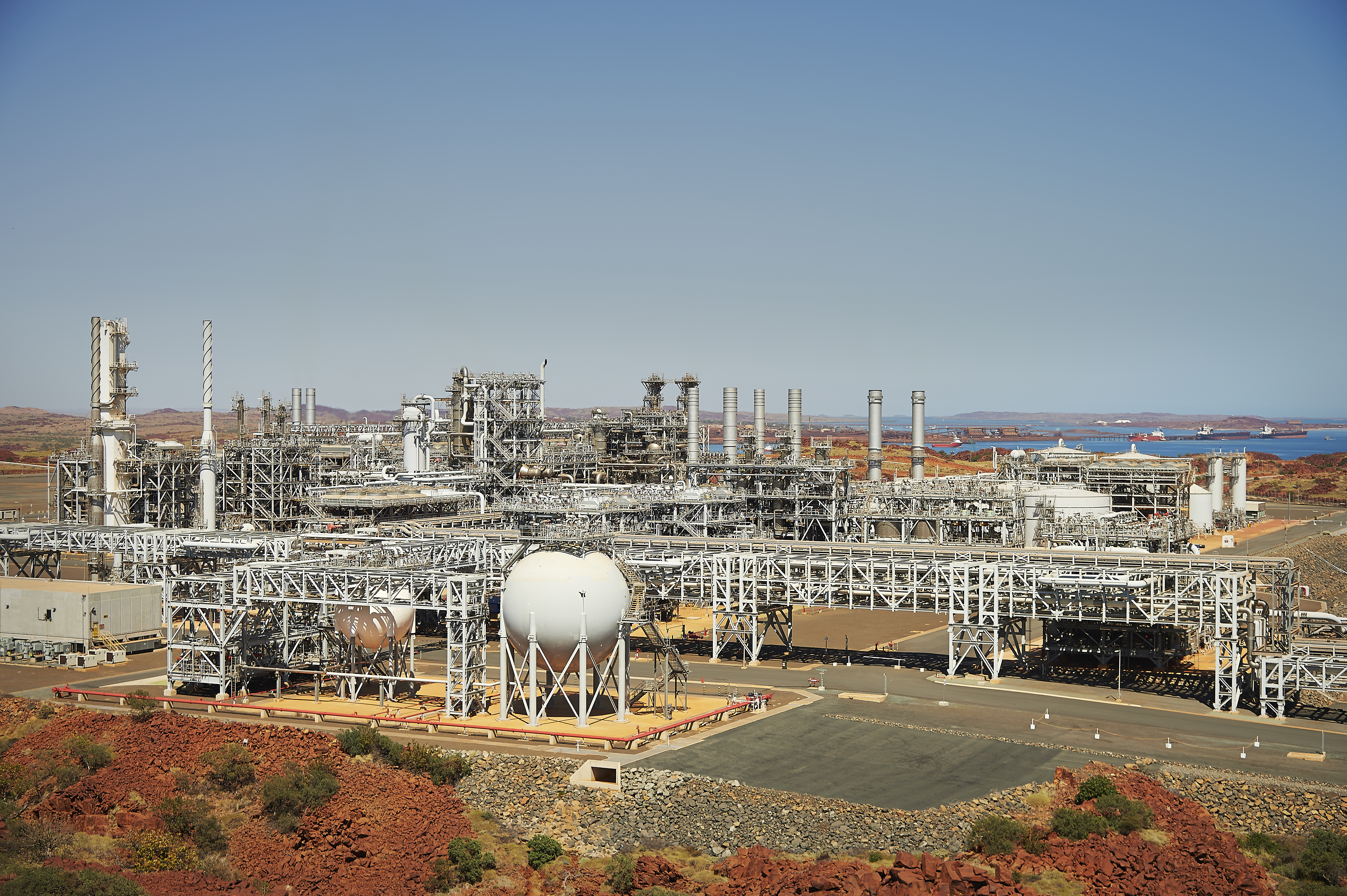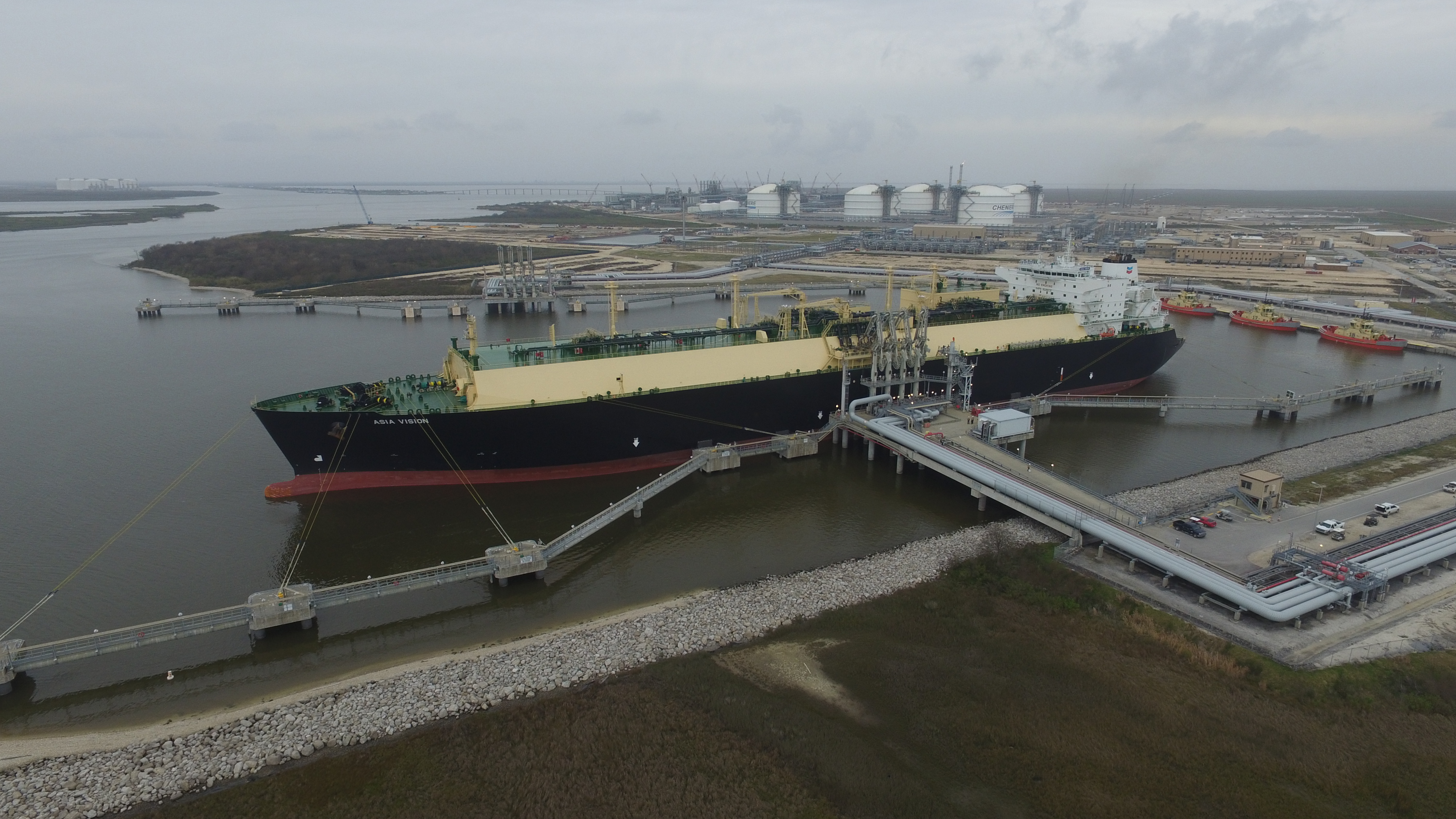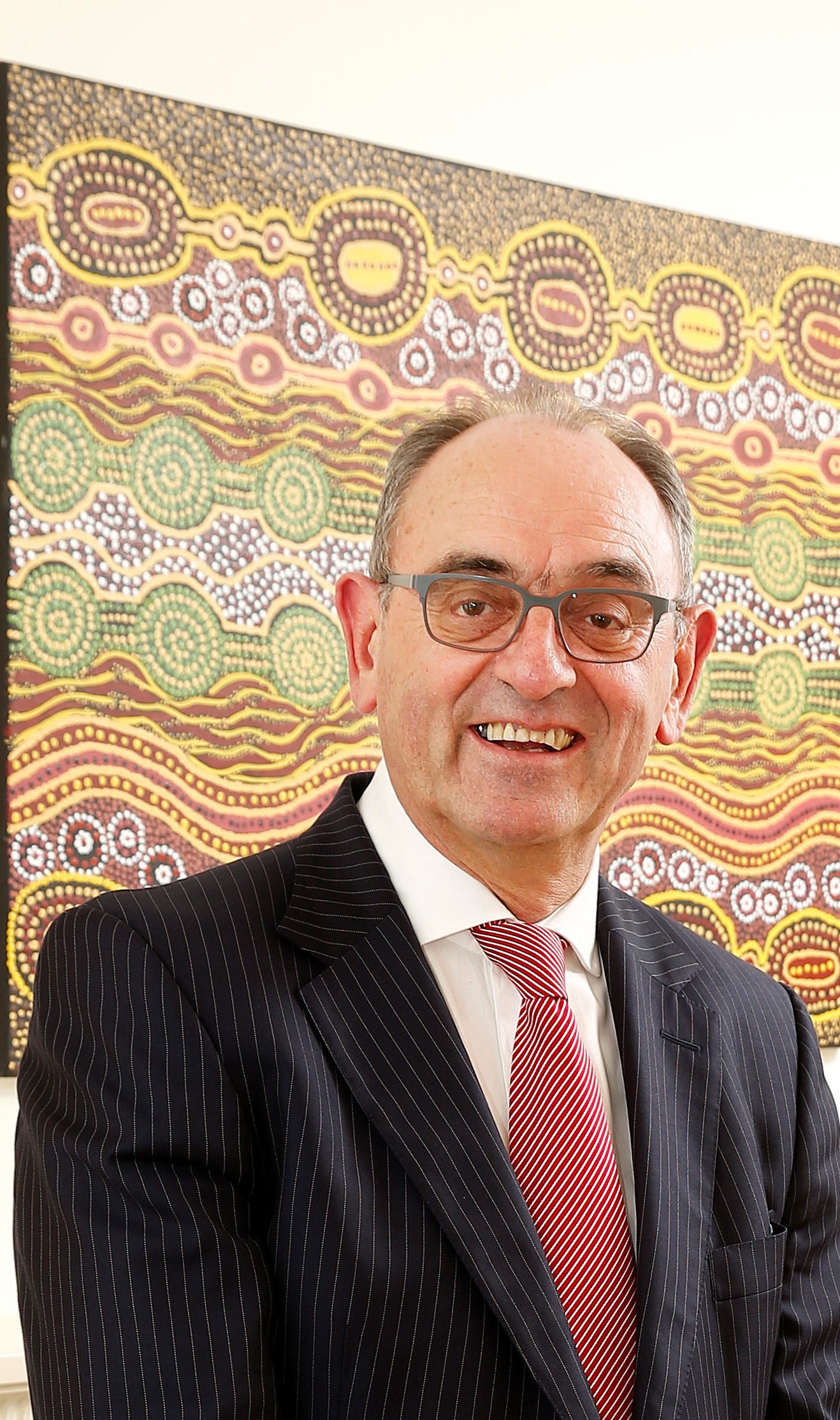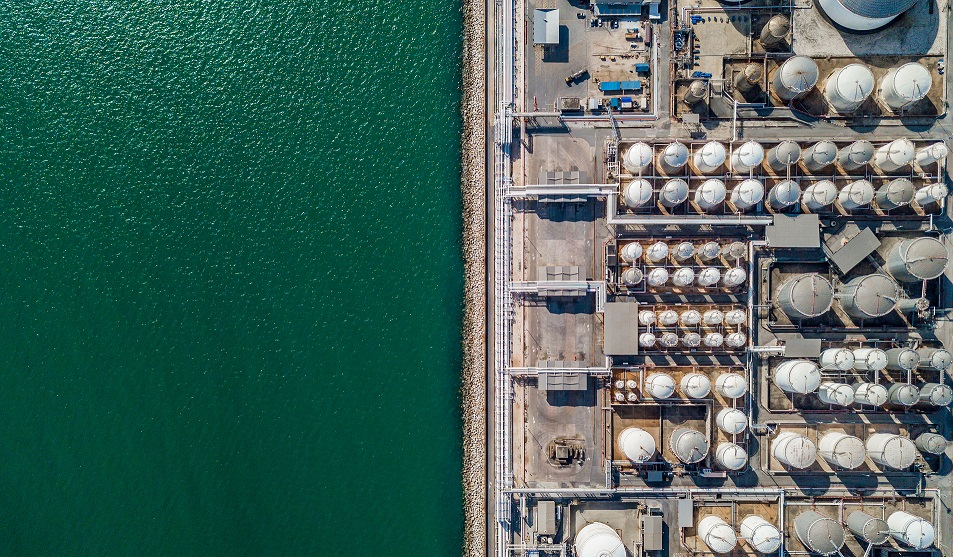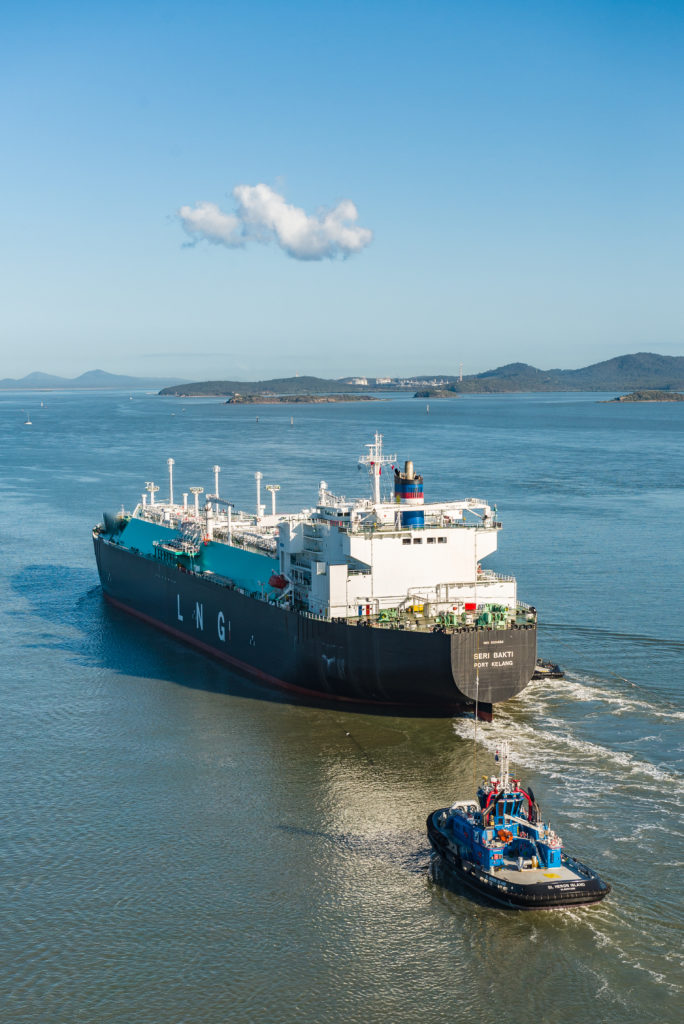The latest Australian LNG Monthly report has flagged insufficient gas reserves as the biggest challenge confronting future exports of the hydrocarbon.
Graeme Bethune, CEO of EnergyQuest, said in the October report that “the biggest challenge for Australian LNG is not net zero. Australia has already done carbon-neutral LNG. The challenge is insufficient gas reserves.
“While everyone is focused on possible hydrogen exports, there is a risk of neglecting LNG, something in which Australia is already a world leader,” Bethune added, citing Woodside’s recent reserves write-downs as one ominous portent.
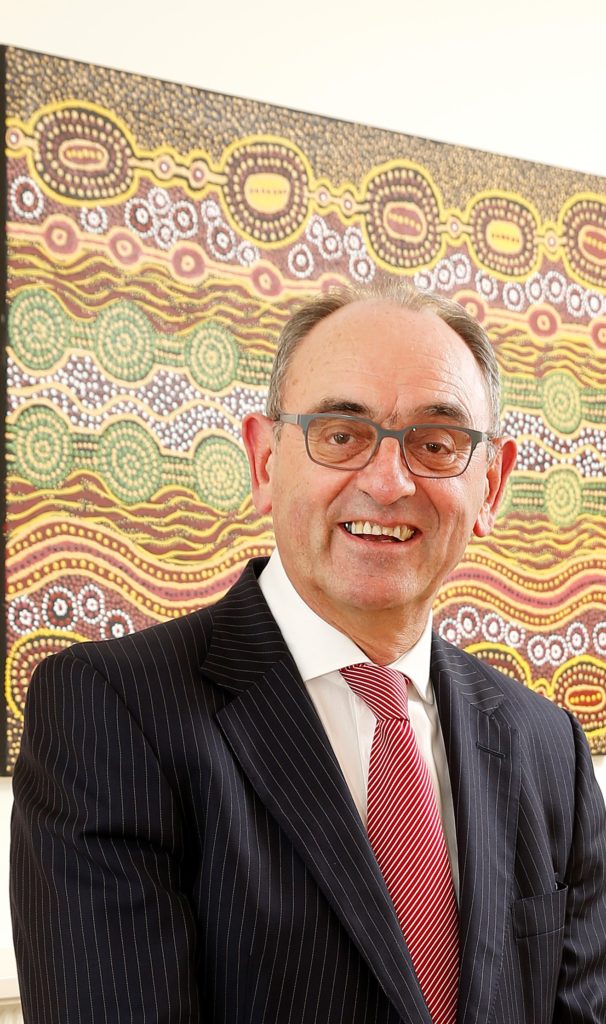
“Australia has been insulated so far from the spike in global gas prices. However, households are already feeling the impact of higher petrol prices, up by 25% over the last 12 months according to ABS. Higher petrol prices are not necessarily a bad thing if Australia is aiming for net zero. Higher petrol prices should encourage take-up of EVs.”
The report said in October Australian projects shipped a record 7.23 million tonnes (Mt) (105 cargoes), higher than the 6.96 Mt (101 cargoes) in September.
EnergyQuest estimates that Australian LNG export revenue increased in October to $5.21 billion, up from $4.90 billion in September and up by 188% on October 2020.
Compared with September, Australian projects delivered five fewer cargoes to Japan, Korea, Malaysia and Singapore in October, but six additional cargoes to China and Thailand.
West coast shipments increased to 5.1 Mt in October (4.9 Mt in September), with 73 cargoes in October compared to 70 in September.
East coast shipments increased to 2.1 Mt in October (2.1 Mt in September), with 32 cargoes compared to 31 in September.
There were three spot cargoes reported from the east coast in October and five spot cargoes from the west coast (8% of total shipments).
Queensland imported gas from the other states in October, with flows in an easterly direction for the majority of the month. Net gas flows to Queensland from other states were 3.2 PJ in October.
Notwithstanding continued high LNG spot prices, Queensland short-term domestic gas prices in October were steady at Wallumbilla averaging $8.28/GJ ($8.28/GJ in September) and slightly higher averaging $8.44/GJ ($8.36/GJ) in Brisbane, compared to those in September.
Southern short-term domestic gas prices in October were higher compared to those in September in Sydney averaging $8.22/GJ ($8.06/GJ) in Sydney and $7.64/GJ ($7.22GJ) in Victoria, but lower averaging $8.36/GJ ($8.46/GJ) in Adelaide.
Taking account of interconnector flows, compared with a year earlier electricity demand was up by 5.2% in Queensland, 3.1% in Tasmania and 3.2% in Victoria. Demand was down by 0.8% in South Australia and was steady in NSW. Taking account of increased generation from Solar PV, grid demand was down by 3%.

